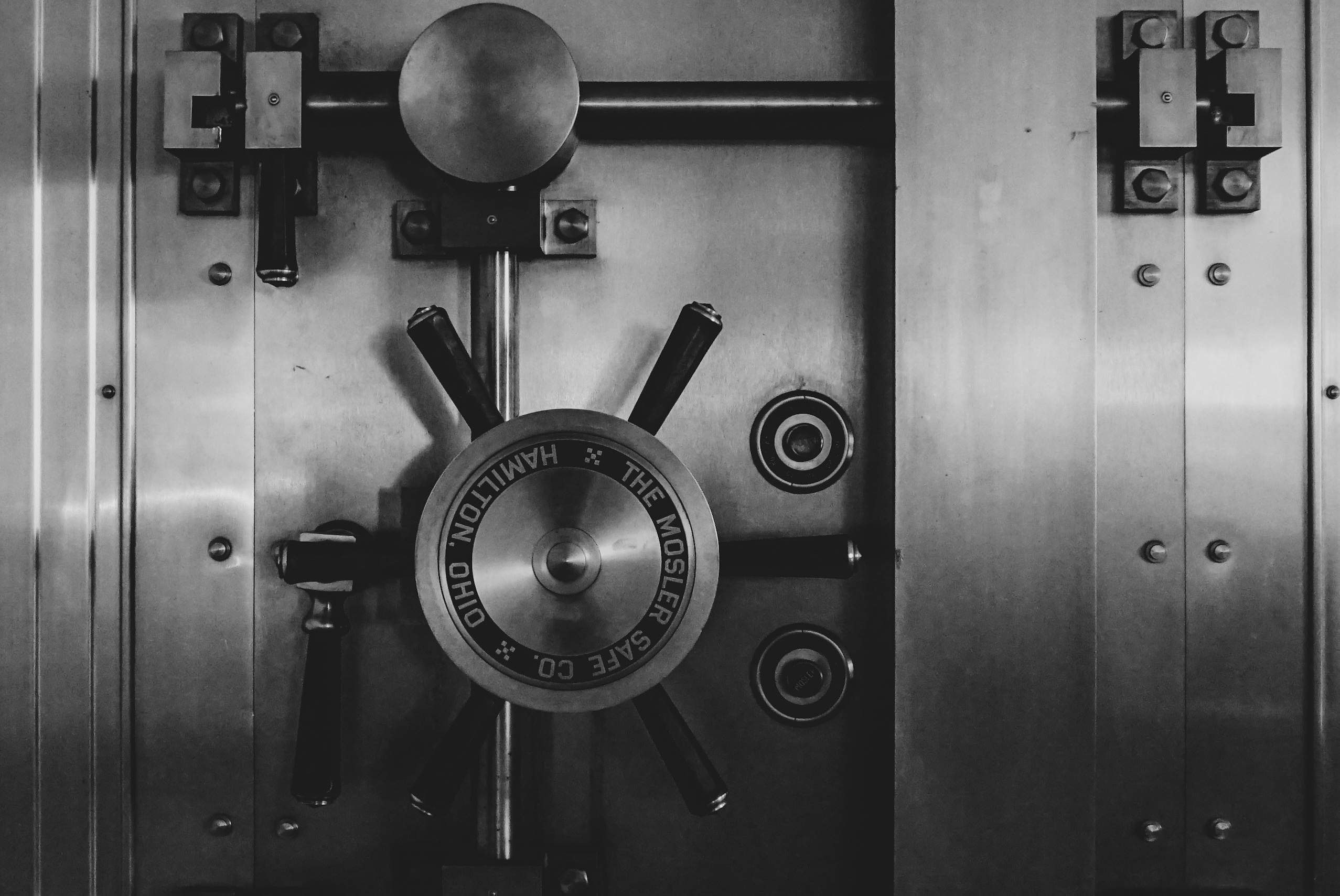Bitcoin self-custody is crucial for maintaining financial sovereignty. This guide will walk you through the essential concepts and practices for securing your Bitcoin holdings. We will cover tutorials for the most popular wallets and services in the coming weeks.
What is Self-Custody?
Self-custody means you are in complete control of your Bitcoin private keys, without relying on third-party custodians or exchanges. This approach gives you full ownership and responsibility for your digital assets.
Consider the real-world implications: during times of political unrest or economic instability—like when governments freeze bank accounts, as seen in Canada’s 2022 trucker protests where protesters and supporters had their funds locked without warning—self-custody ensures your wealth remains accessible, untouchable by external authorities. Similarly, the crypto world has witnessed devastating exchange hacks, such as the 2014 Mt. Gox collapse, where over 850,000 BTC was lost, or the 2019 Binance breach that saw 7,000 BTC stolen from users who trusted the platform with their keys.
By holding your own keys, you eliminate the risk of losing your Bitcoin to a centralized point of failure, empowering you to be your own bank in an increasingly uncertain financial landscape.
Key Principles
In Bitcoin, a public and private key pair is the foundation of your ownership and security. The public key acts like an address—think of it as your bank account number—that you can share freely to receive Bitcoin. The private key, however, is like a secret password or PIN; it’s a unique cryptographic code that proves you own the Bitcoin tied to that public key and allows you to spend it. If someone else gets your private key, they can take full control of your funds, with no way to reverse the transaction. This is why self-custody demands rigorous protection of your private key.
Key principles to follow include:
- Never share your private keys—doing so is akin to handing over your wallet to a stranger, as seen in phishing scams where users lost everything after pasting keys into fake sites.
- Use hardware wallets like Cold Card or Blockstream for large amounts—these devices keep your private keys offline, safe from hacks like the 2019 QuadrigaCX debacle, where $190 million in crypto became inaccessible after the exchange’s sole keyholder died.
- Implement proper backup strategies—store your seed phrase (a human-readable version of your private key) on durable materials like metal, not just paper, to protect against fire or flood, ensuring you don’t lose access like those who forgot keys during Bitcoin’s early days and forfeited fortunes.
- Regular security audits—check your setups for vulnerabilities, because even a small oversight, like reusing a weak password, could expose you to risks similar to the 2021 BitMart hack that drained $150 million from hot wallets.
By adhering to these principles, you safeguard your Bitcoin against both human error and external threats.
Conclusion
Self-custody is not just about security; it's about taking full responsibility for your financial future. By following these guidelines, you can ensure your Bitcoin remains secure and under your control.
